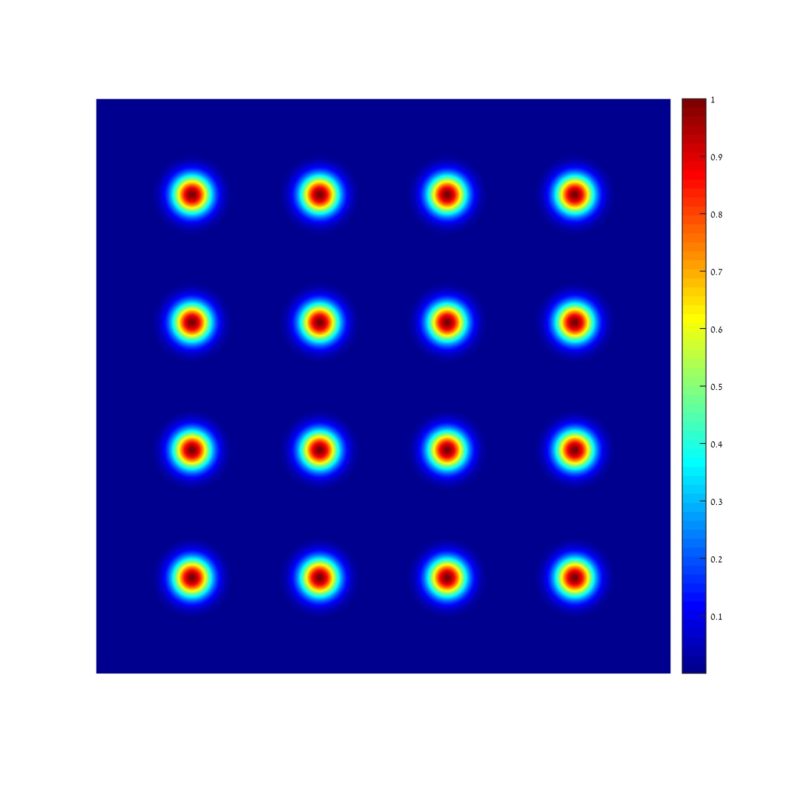Last Updated on: 26th April 2024, 03:55 pm
An optical vortex beam is one type of light beam that carries orbital angular momentum and has a moderately unique wavefront. After analyzing in the laboratory, it has been found that most conventional light beams exhibit a flat or radially symmetric wavefront. If the beam is extremely aberrated then it will display a more complex wavefront. However, when it comes to the optical vortex beam, this beam exhibits a unique wavefront where the phase remains constant across the radial coordinate, but changes in an azimuthal direction. The phase pattern of an optical vortex beam resembles that of a fluid vortex or whirlpool, akin to those found in sinking fluids. This similarity is where the name “vortex” originates from.
Optical Phase Plate
We need a filter-like optical element to create this unique phase pattern in the wavefront of the beam. This optical element is known as an optical phase plate. The surface of this optical element looks like a spiral staircase where every step introduces a distinct optical path difference. This is why another commonly used name for the optical vortex plate is spiral phase plate.
Focusing an optical vortex beam with a positive lens produces a focused spot different from the typical Gaussian beam seen with conventional lasers. Instead, it exhibits a distinct donut-like pattern due to the unique phase structure of the vortex beam. The spot has a ring-shaped structure surrounding a central area of zero irradiance. Even though you can get a similar irradiance pattern using a certain combination of Laguerre-Gaussian modes, it’s more convenient to use an optical vortex phase plate to get this type of beam pattern.
Applications
Optical vortex beams have plenty of applications in several fields. Quantum computation is an emerging field where you can find notable applications of optical vortex beams. To encode quantum information, a vortex beam is useful as it has an angular momentum, also known as a topological charge. Another significant use of an optical vortex beam is found in fluorescence microscopy where an optical vortex beam helps the imaging system to accomplish a resolution surpassing the diffraction limit set for the operating wavelength. In essence, we can simply achieve this by illuminating two beams with different wavelengths onto the sample. In stimulated emission depletion (STED) microscopy, two beams with different wavelengths are used. One beam stimulates fluorescence in the sample, while the other passes through an optical vortex phase plate. When these beams overlap in the sample, the vortex pattern from the phase plate makes the illuminated area smaller than what is conventionally achievable based on the diffraction limit of the fluorescence wavelength. This results in enhanced resolution, allowing for finer details to be observed in the sample. Optical vortex beams have also crucial applications in material processing, such as cutting,drilling and additive manufacturing .






